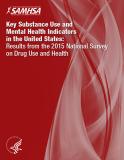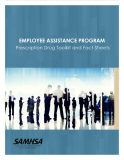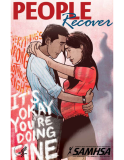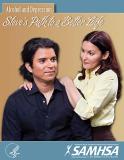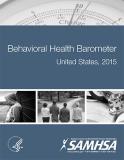
This resource provides information for clinicians who may encounter patients living with cognitive deficits related to chronic substance use disorder.
Units per Product
Download
In Brief: Chronic Substance User and Cognitive Effects on the Brain: An Introduction
File Type: PDF
File Size: 402 KB


